Graham Reid | | 3 min read
Lord Have Mercy
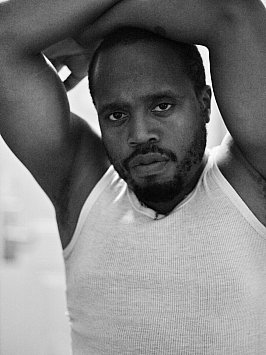
There's not much there. So little tourism sites mention it only in passing and recommend other places to visit instead.
However there's an interesting history here: it was founded after the American Civil War by the preacher-cum-politician Hillary Rice and other freed slaves who received the cotton and sugarcane land in reparation.
Hillaryville in the Atchafalaya Basin is evoked on the debut solo album Wait Til I Get Over by the 30-year old, bisexual soul singer Durand Jones who grew up there.
Jones grew up in this isolated place: his mother left when he was three; his grandmother stepped in, gave him a saxophone and supported his father; he was a church-goer who struggled with homosexual feelings. He left at 17 and at college in Indiana nine years ago he hooked up with college friends to form Durand Jones and the Indications.
The members went their separate ways for a while – Jones earned a BA from South Eastern Louisiana University (he's yet to make their illustrious alumni list, it's mostly professional football players) – but re-formed and over three increasingly assured albums.
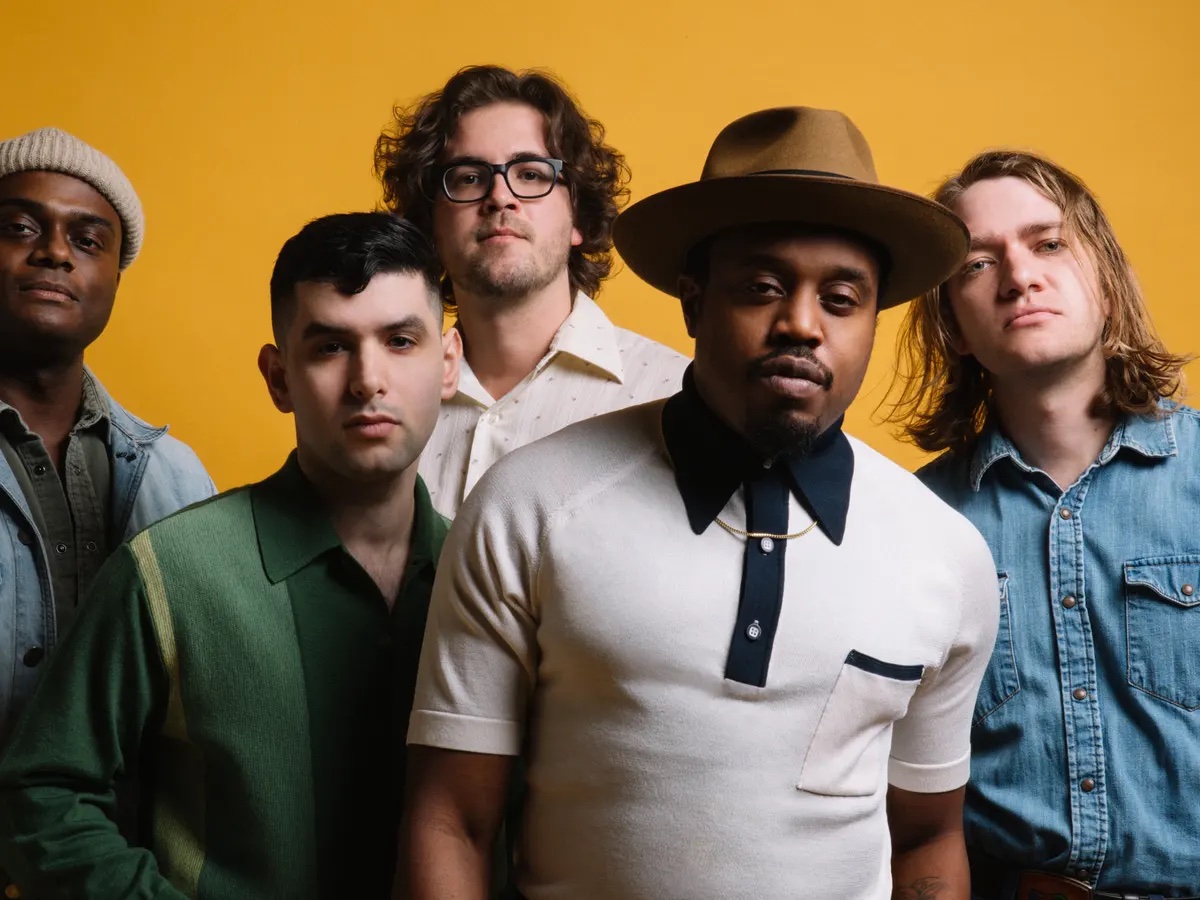 Their exciting mix of powerhouse soul and rock'n'roll was hailed by mainstream white rock writers and Chicano Lowriders alike. for its retro sound and lyrics about contemporary concerns.
Their exciting mix of powerhouse soul and rock'n'roll was hailed by mainstream white rock writers and Chicano Lowriders alike. for its retro sound and lyrics about contemporary concerns.
They were also coincidentally part of a soul revival alongside Sharon Jones (no relation) and the Dap Kings out of Brooklyn, James Brown-influenced Lee Fields, Brittany Howard (formerly with Alabama Shakes), Leon Bridges and Charles Bradley, all artists grounded in Otis Redding, Curtis Mayfield, Marvin Gaye and, in Durand Jones' case on his debut solo album, Wilson Pickett and Sam Cooke.
The album opens with sweeping lush strings and the Ray Charles-like piano ballad Gerri Mariebefore a short spoken-word introduction to Hillaryville, it's title taken from what Jones' grandmother would reply when asked what it was like when she moved there, The Place You'd Most Want to Live.
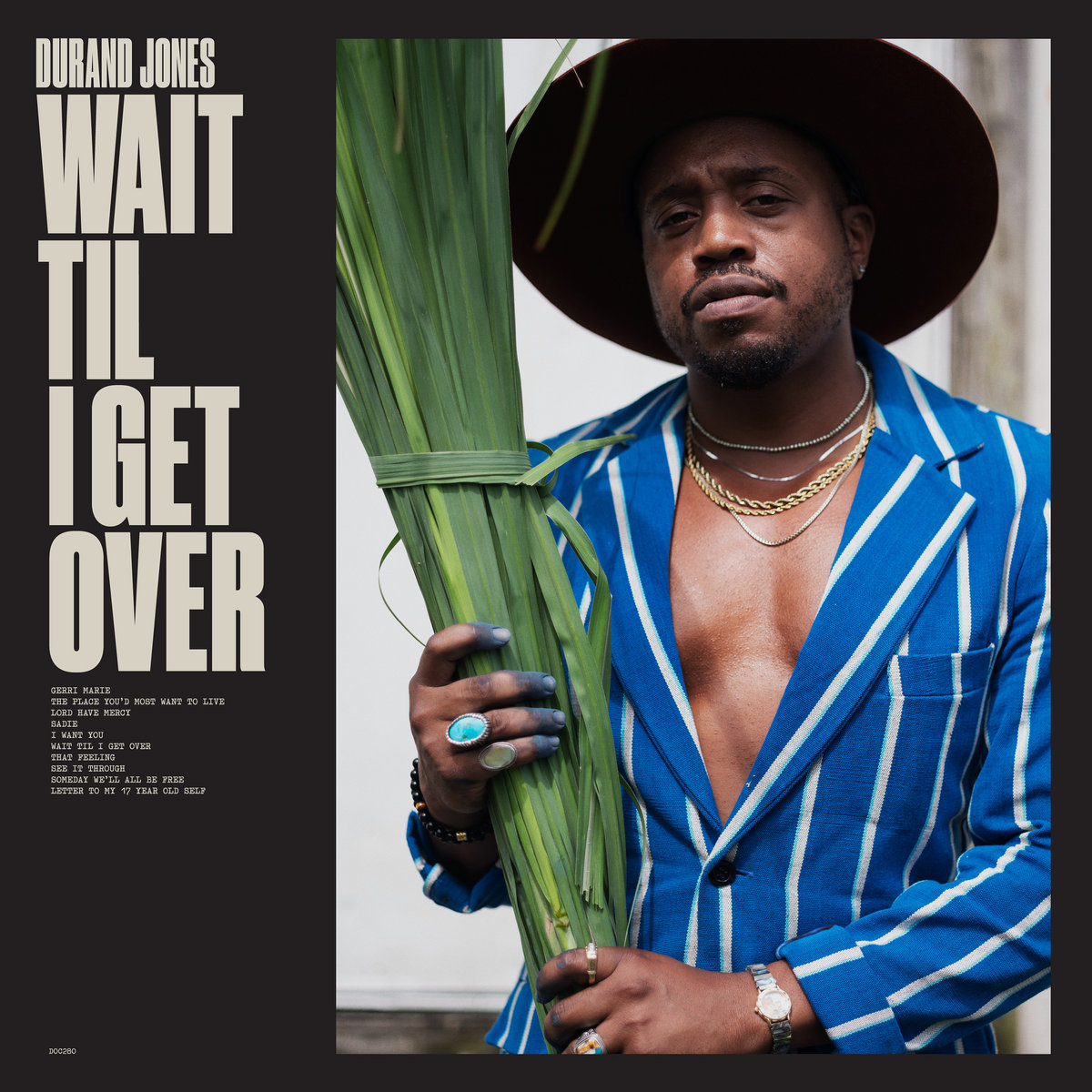 Sam Cooke and Rod Stewart's rock'n'soul sound drives the desperate Lord Have Mercy which ends with a maelstrom of fuzzed-out grunge guitars, Sadie and I Want You are yearning soul ballads located between soul and secular music, the place where church meets street.
Sam Cooke and Rod Stewart's rock'n'soul sound drives the desperate Lord Have Mercy which ends with a maelstrom of fuzzed-out grunge guitars, Sadie and I Want You are yearning soul ballads located between soul and secular music, the place where church meets street.
The title track features Jones' voice multi-tracked to create a gospel choir with handclaps and again an oppressive wash of sound (synths this time) adding a frisson of tension.
The short spoken passage See It Through (“sometimes means gettin' by with just self-esteem”) follows the achingly beautiful That Feeling, “the only love song I’ve written for another man”.
Seeing It Through has elements of 70s Stevie Wonder in its funk-swing keyboard groove and a crossover rock guitar passage. Wonder's socially conscious style also infuses Someday We'll All Be Free.
There are hints of sentimentality here but there's a rawness to Jones' Southern soul and gospel.
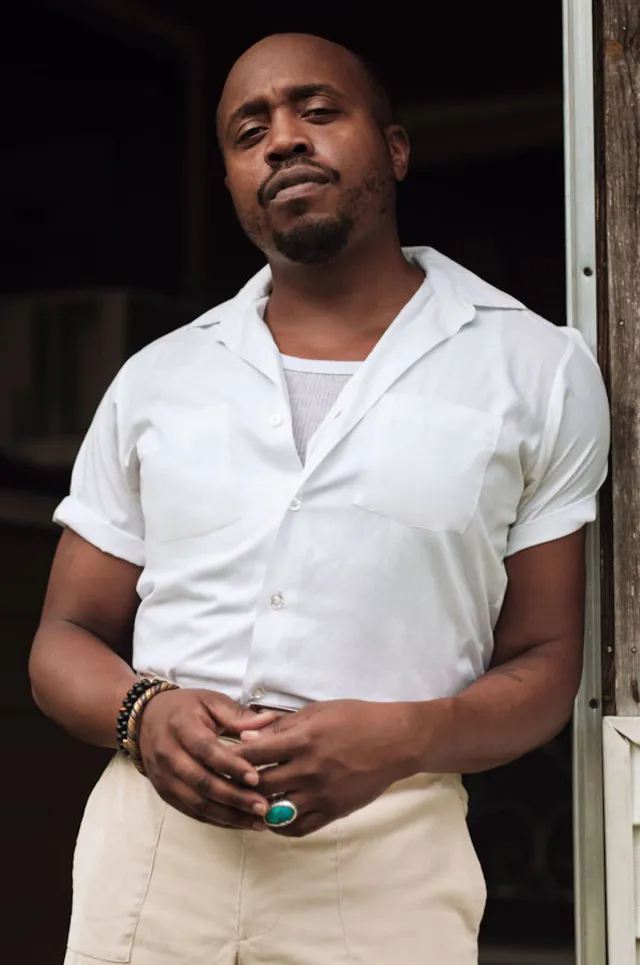 Wait Til I Get Over feels cathartic from a man who says it was “beautiful” to come out as “a bisexual dude” and have an album celebrating his full emotional range, one smelling of sweet magnolias on a hot July day which ends with the lap of Mississippi waves.
Wait Til I Get Over feels cathartic from a man who says it was “beautiful” to come out as “a bisexual dude” and have an album celebrating his full emotional range, one smelling of sweet magnolias on a hot July day which ends with the lap of Mississippi waves.
“I wanted this album to be a chance to celebrate a full-range of who I was.
“Through this process I’ve come to learn that I am a proud descendent of longshoremen on the river, and sugarcane and rice farmers on the land—all in the deep rural south of Louisiana. I am a proud son of Hillaryville and I'm proud to be a part of its legacy. This is my story.”
It's an enjoyable, often familiar, melange of classic soul manoeuvres but like the best soul has depth and heart.
When Duran Jones' record company asked him what he wanted this debut solo record to sound like, “I told them magnolias on a hot July day in Louisiana”.
“That zest, sweet, musty, evocative smell is the sound of my solo record.”

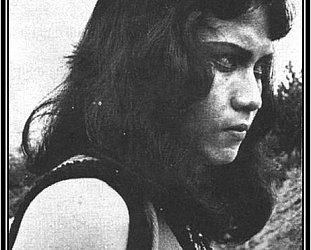

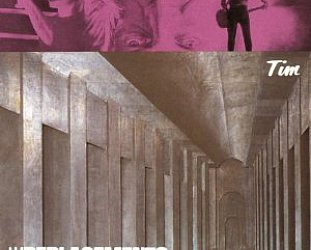
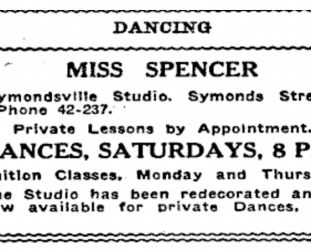
post a comment